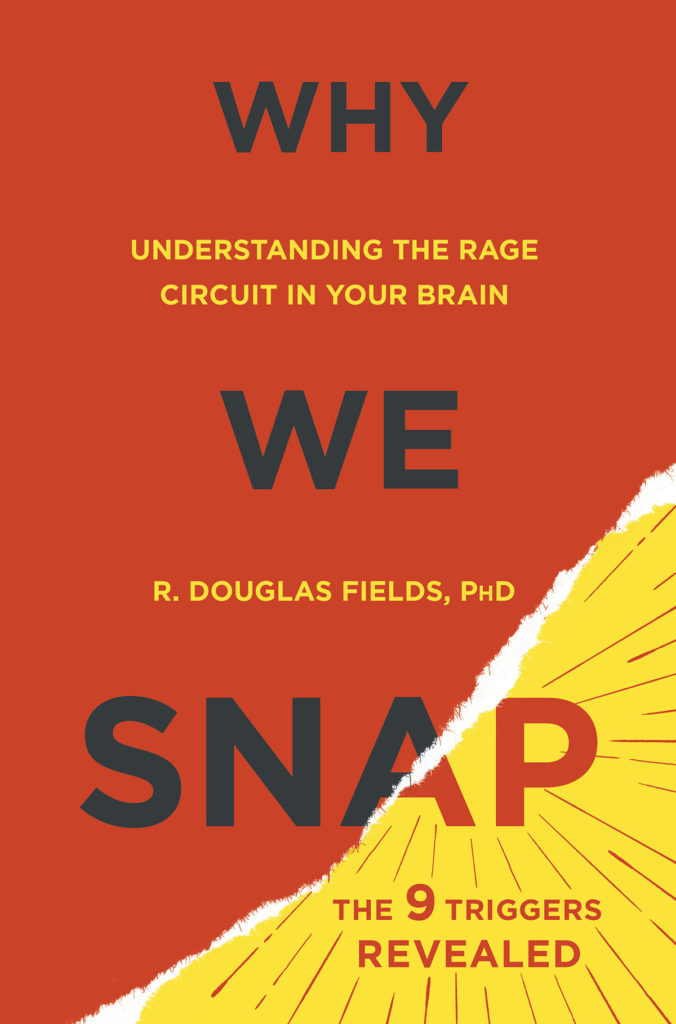The Rage Circuit
 Someone cuts into your lane in heavy traffic. Instantly you are consumed with explosive rage as you slam on the horn and scream profanities. Road rage can erupt into a violent pursuit between two complete strangers now bent on a physical altercation. Too often this ends in a motor vehicle accident or physical assault. Why?
Someone cuts into your lane in heavy traffic. Instantly you are consumed with explosive rage as you slam on the horn and scream profanities. Road rage can erupt into a violent pursuit between two complete strangers now bent on a physical altercation. Too often this ends in a motor vehicle accident or physical assault. Why?
This book freezes the moment of sudden rage and looks carefully at this explosive instant of human behavior. This sudden aggressive behavior is familiar to everyone, but it is mysterious and disturbing, because it happens too fast to think. In the aftermath we are left baffled by witnessing our actions executed without conscious control, and often stunned by overwhelming regret. “I shouldn’t have said that,” or “I shouldn’t have done that.” Snapping happens in an instant, but the consequences can be life-changing.
We approach this subject from the perspective of neuroscience, by examining in detail the neural circuits in the brain that launch this instantaneous reaction. Surprisingly, the same neural pathways in the brain that can put your life at risk in a flash can be life-saving.
A child darts into the street chasing a ball as a speeding car barrels toward her going too fast to stop. You leap from the curb and pull her to safety as the squealing tires narrowly miss you. Only then does the realization that you were both nearly killed enter your mind, and you begin to tremble uncontrollably in shock as the smell of burning rubber prickles your nose and your heartbeat pounds your eardrums. “I didn’t think. “I just reacted,” is the explanation heroes utter in bewilderment after having suddenly risked their life selflessly for someone else.
What connects these two diametrically opposed reactions–to attack in the first example, and to save in the second–is that both are instantaneous responses to sudden threats.
We have this circuitry because it is vital. It is, however, a double-edged sword. When the outcome of responding aggressively to a threat is successful, we call it “quick thinking” or “heroic.” But when the outcome is inappropriate or disastrous, we call it “snapping.” Regardless, it is the same neural circuitry that controls this impulsive reaction to sudden danger.
This subject touches everyone in one form or another. Suddenly someone snatches your purse? How do you react? Do you struggle to get it back or are you paralyzed with shock? It is difficult to predict how anyone will react to a sudden threat, because there are so many complicating factors. One thing is certain. Whatever your reaction, if it is immediate, it will be unleashed without conscious deliberation. Secondly, if you do pause to deliberate, in many situations you will lose by hesitating to aggressively confront the sudden danger. This is why the human brain, (and animal brains) have specialized rapid-response neural circuits to detect threats and respond aggressively instantaneously–before your conscious mind weighs in.
It seems that countless sudden provocations can trigger this snap reaction, and because it is automatic, snapping seems beyond our control. In fact, by analyzing the neural mechanisms for this behavior, we find that nearly all incidents of snapping are triggered by only nine different types of triggers. Each one is associated with separate neural circuitry to launch the snap response for anger and aggression that is essential to confront that particular threat. These triggers of rage can be remembered by the mnemonic LIFEMORTS, and this knowledge can enable you to understand and to better manage the snap reaction.
How does this unconscious threat response work? How does it fail? The questions require diving deep into the unconscious circuitry of the brain for answers. It is a brain region that has evolved through eons of human survival in the wild. However, the modern world is utterly transformed from the world of our ancestors, who struggled for survival on the planes of Africa one hundred thousand years ago, but we still have the same brain today that our ancestors had. The modern brain is struggling in many ways to operate in an environment that is completely alien to that in which it was designed to operate. As a result, these reflexive life-saving circuits can become tripped inappropriately by circumstances in the modern world that our brain was never designed to confront; driving a car for example. Therein lies the trouble, but by recognizing the LIFEMORTS and understanding the biology of the snap reaction to danger, it is possible to comprehend and control this remarkable threat detection and rapid response mechanism operating unconsciously deep inside our brain.
